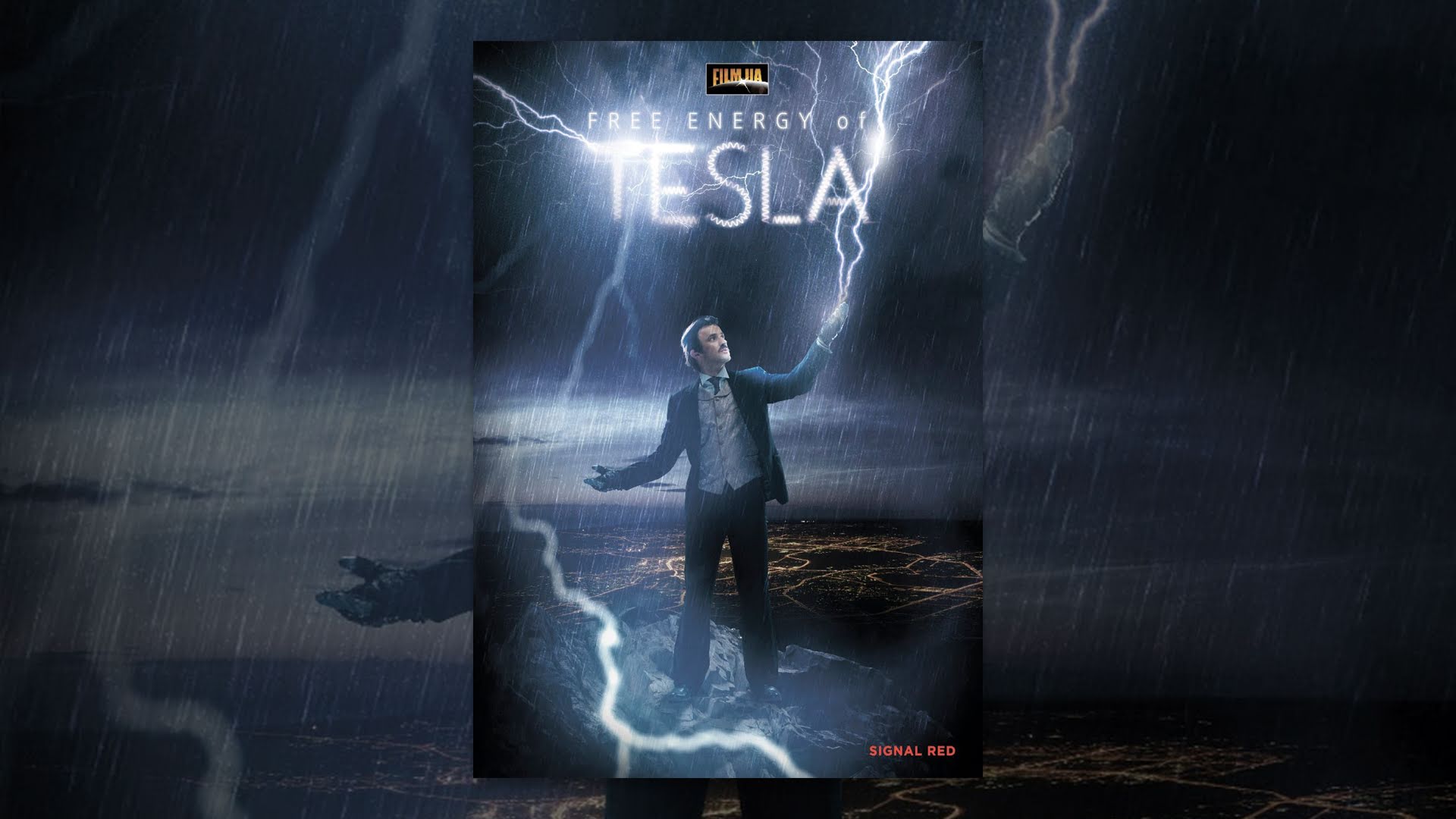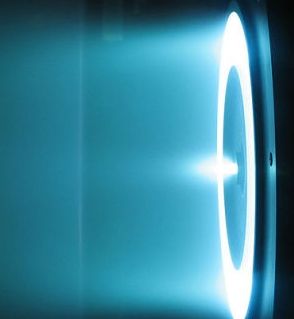Oct 28, 2015
Silicon Battery Technology Produces Ten Times More Energy
Posted by Shailesh Prasad in categories: bioengineering, energy, transportation
Substantially smaller and longer-lasting batteries for everything from portable electronic devices to electric cars could be come a reality thanks to an innovative technology developed by University of Waterloo researchers.
Zhongwei Chen, a chemical engineering professor at Waterloo, and a team of graduate students have created a low-cost battery using silicon that boosts the performance and life of lithium-ion batteries. Their findings are published in the latest issue of Nature Communications.
Waterloo’s silicon battery technology promises a 40 to 60 per cent increase in energy density, which is important for consumers with smartphones, smart homes and smart wearables.















